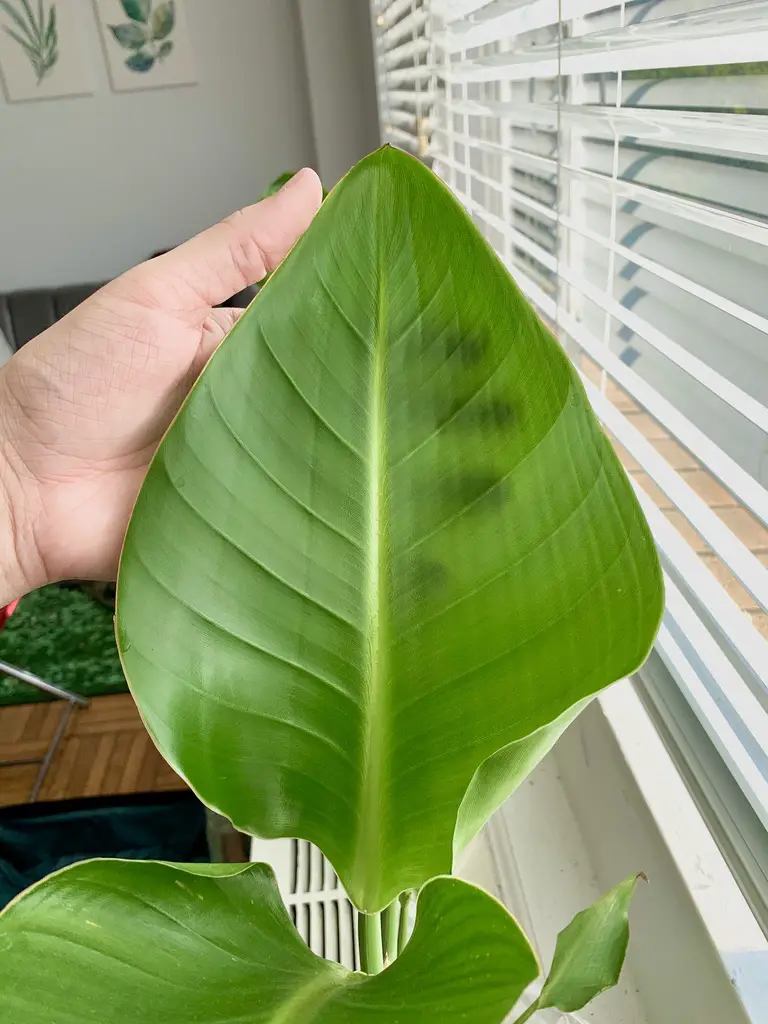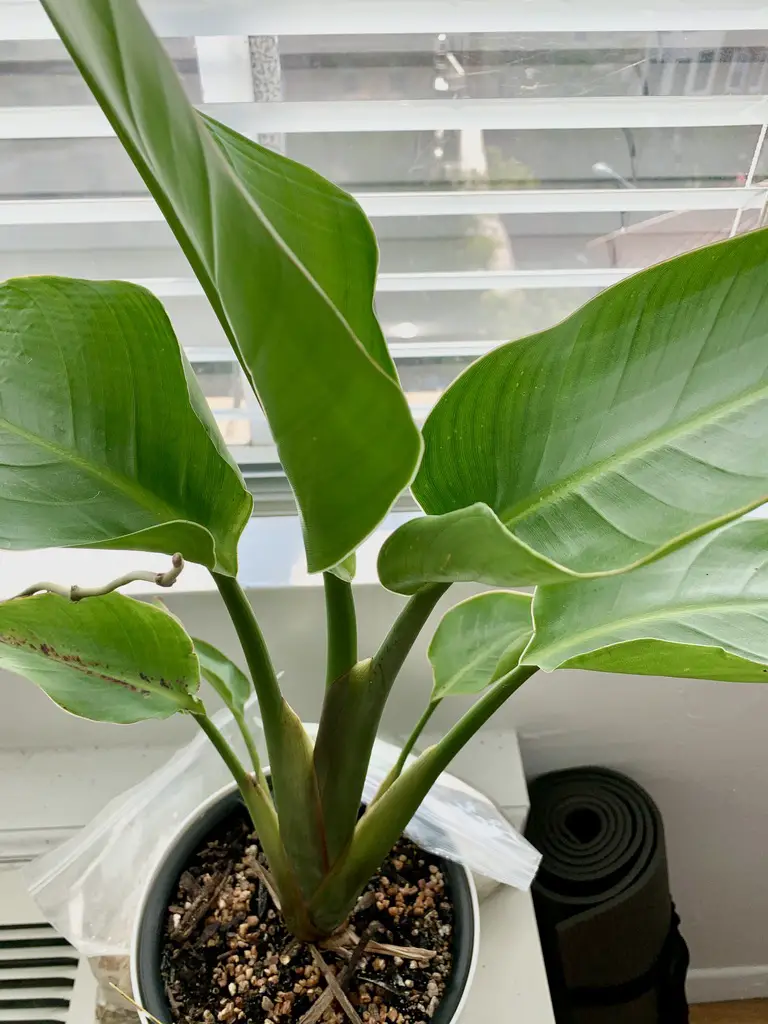
Bird of Paradise
Botanical Name: Strelitzia Reginae
Common Name: Bird of Paradise, Crane Flower
Family: Strelitziaceae
About Bird of Paradise
Native to South Africa, this tropical, palm-like plant is known for its large, paddle-shaped leaves and beautiful bird-like flowers. Depending on the type of Strelitzia you have, it may produce blue, red, yellow, or white flowers. It is often featured in offices and private homes as an eye-catching focus piece with its stunning foliage. Given the right conditions (adequate humidity and sunlight) these plants are very fast growers. Indoors Bird of Paradise tends to mature at around 2 meters (≅6,5 feet) making them ideal for larger spaces. If you like the look of this plant you can pick one up here; https://amzn.to/3spoTcB

Light
Bird of Paradise flourishes when given a bright, sunny spot. Ideally, you should provide your Strelitzia with a minimum of 4 hours of direct sunlight per day. Making the best spot in a south-facing window.
While they can tolerate medium light conditions or bright indirect light, they will grow much slower and less robust. Without substantial direct sunlight, they will also almost certainly not produce flowers indoors. If you do not have bright south or west-facing windows but still want to keep a thriving Bird of Paradise plant a growing light may be a good option to make this possible.
Water
When it comes to their watering needs, Strelitzia prefers to stay moderately moist, allowing your plants’ soil to dry briefly between waterings is a good practice. In the spring and summer months, it is especially important to keep the soil slightly moist to ensure the plant can power its vigorous growth. During the winter months, you can allow the soil to completely dry out between waterings.
If you notice the leaves of your Bird of Paradise curling inwards this is almost always a sign of under-watering. I recommend using a simple moisture meter like this one: https://amzn.to/3spoTct to stay on top of your plants watering needs.
On the other hand, if you have yellowing or limp petioles/leaves this is usually caused by overwatering.
It is also worth mentioning that BoP can be sensitive to chemicals and minerals present in tap water, most often this will cause brown leaf edges and tips. If you want to avoid discolorations on your plants’ leaves either use distilled water or allow your tap water to sit out overnight before using it to water your Strelitzia.

Humidity & Temperature
To keep your plants leaves green and glossy without any browning edges or tips it’s best to keep the relative humidity at or above 45%. Usually if kept away from drafts, radiators, and AC vents Bird of Paradise can handle the average indoor humidity quite well.
Average indoor temperatures between 65 and 85 degrees Fahrenheit are perfect for Strelitzia. If you plan to keep your plant outdoors during the summer months it is important to bring it back indoors before the temperatures fall below 60 degrees Fahrenheit. At sustained temperatures under 60 degrees BoP begin to lose foliage and go dormant.
Toxicity
The Bird of Paradise plant is toxic to both cats and dogs if consumed.
While Strelitzia is not known to be toxic to humans it is still not recommended for consumption.

Tips
With Strelitzia the most important care factor is light! If given adequate light conditions you are more likely to have a fast, robust growing plant that will also be less susceptible to other problems.
It is normal for the oldest, lowest leaves of the plant to begin to brown and slowly fall off the plant. The lower leaves can be trimmed off once they begin to brown for a more aesthetic appearance.
Frequently asked questions
Why are the leaves on my Bird of Paradise curling?
If the leaves are curling upward folding into themselves, the cause is most likely underwatering. Brown edges are also an indicator of underwatering. If your Bird of Paradise has these symptoms try thoroughly watering your plant, additionally shower or spray the foliage as well.
How to get Bird of Paradise to bloom indoors?
Certain conditions need to be met to get your Bird of Paradise to bloom.
Firstly, Strelitzia tend to bloom once they have reached the age of four to five years. So make sure your plant is mature enough to bloom. Next, the plant needs to be in ideal conditions, meaning it is receiving at least four hours of direct sunlight per day, has enough, but not too much water, and is in the right size pot. Bird of Paradise tend to like to be slightly pot-bound before they bloom so don’t repot your plant too often if you want it to bloom.
Why are the leaves on my Bird of Paradise yellowing?
Yellow and wilting leaves on Bird of Paradise are almost always a sure sign of overwatering or root rot. Check your plants’ soil, if it is wet you should also check the roots to make sure they are not rotting. If you have healthy roots, allow the plants’ soil to dry out thoroughly before the next watering. If there is a foul smell to the roots and they look rotten, you will need to trim the rotting roots as well as repot the plant in fresh planting medium to avoid further damage.